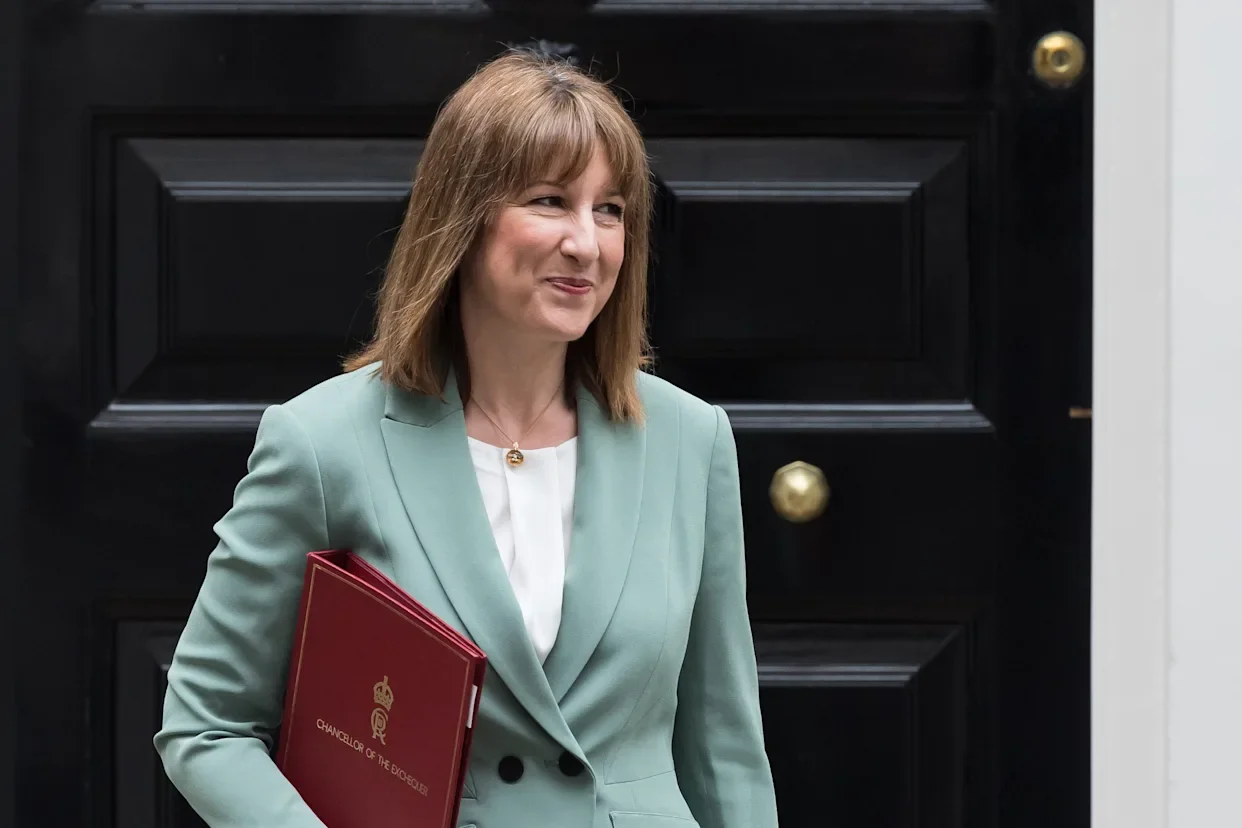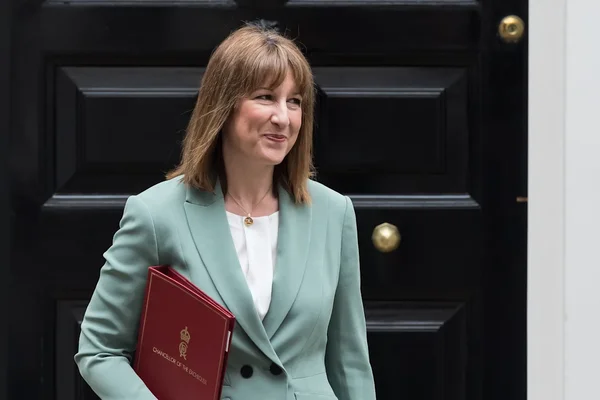Introduction
The United Kingdom’s recent fiscal strategy has focused sharply on tax rises, with Chancellor Rachel Reeves identifying multiple contributing challenges. During a recent interview with BBC Radio 5 Live, Reeves cited economic turbulence resulting from global conflicts, trade barriers, and lingering domestic issues as significant influences.
Her comments come ahead of the upcoming Budget, in which further tax increases have been signalled. Official data and economic analysis, however, present a complex landscape not just of rising economic pressures, but also decisions surrounding government spending and borrowing that are shaping the outlook for UK public finances.
Economic Backdrop to Recent Tax Decisions
The Chancellor’s rationale for further tax increases highlights a broad spectrum of external and inherited pressures. She has described the current situation as one where previous administrations and international developments, including supply chain difficulties and global trade tensions, have shaped the economic environment.
Reeves said this shift has “forced us to look at taxes and spending,” pointing to a changed fiscal outlook. Recent economic reports indicate, however, that the UK economy has demonstrated stronger-than-expected growth in the first half of 2025, with GDP rising 0.9 percent above the Office for Budget Responsibility’s (OBR) March forecast of 0.6 percent.
This pattern continues a trend of outperformance, with GDP increasing 2.9 percent since March 2024 compared to an earlier prediction of 2.4 percent.
Government Spending and Borrowing Trends
Despite this economic resilience, tax receipts have not met forecasts, falling short by approximately 0.8 percent since March 2024. At the same time, government spending has exceeded OBR forecasts by 4.1 percent over the same period. This has resulted in higher borrowing, with £99.8 billion borrowed so far in the current financial year £7.2 billion above initial projections.
Economic analysts, including Simon French, chief economist at Panmure Liberum, have pointed to government expenditure as the primary factor driving the budget shortfall. French noted that public spending now represents roughly 45 percent of GDP, a level unusually high in recent UK history, and urged a review of spending priorities as part of fiscal management.
Inflation’s Impact on Public Finances
The UK has also experienced higher-than-expected inflation, with consumer prices rising 3.8 percent year-on-year in September, significantly above the Bank of England’s official 2 percent target.
Analysts, including Ian Stewart of Deloitte, attribute this to a combination of government policy choices including increases in Employer National Insurance contributions and the minimum wage alongside rises in regulated prices such as energy and vehicle duties. Inflation has implications for government finances.
While it can boost tax revenues like VAT, it also raises the cost of servicing debt, as a significant proportion of the nation’s £2.9 trillion debt is indexed to inflation. This has contributed to the current debate about the sustainability of borrowing and the future trajectory of interest rates.
Labour Market and Employment Developments
Labour market pressure remains a key consideration. The unemployment rate climbed to 5 percent in September, above the OBR’s expectations, resulting in reduced income tax receipts and higher benefits expenditure.
Reeves’ measures, including increasing the cost of employment through employer contributions and the minimum wage, have placed additional stress on an already tight market for some sectors. Despite these challenges, Reeves has indicated that her forthcoming Budget will prioritise measures to control inflation and protect vulnerable groups.
The Chancellor has stated she does not intend to pursue further increases in certain tax areas such as fuel duty or VAT during the upcoming Budget cycle.
Policy Responses and Fiscal Strategy
Speaking with the BBC, Reeves reiterated her commitment to both fiscal responsibility and targeted social spending, suggesting she would not implement deep cuts to capital expenditure despite fiscal pressure.
“I don’t think it is right that a child is penalised because they are in a bigger family, through no fault of their own,” she said, indicating plans to tackle child poverty while also reducing NHS waiting lists. These policy decisions highlight the balancing act facing the Treasury: sustaining public services and social support while containing borrowing and addressing inflationary pressures.
Final Summary
The United Kingdom’s approach to public finance remains under scrutiny as Chancellor Rachel Reeves prepares to announce further tax rises amidst a landscape of robust yet uneven economic growth, elevated spending, and persistent inflation.
While external pressures and inherited challenges are acknowledged, recent data suggest that rising government expenditure is a central factor in the fiscal equation. Balancing new initiatives, inflation control, and borrowing constraints, the Treasury faces difficult decisions that will shape the country’s future economic path.
Stakeholders and citizens alike may benefit from tools that clarify these policy changes and their potential impacts.











